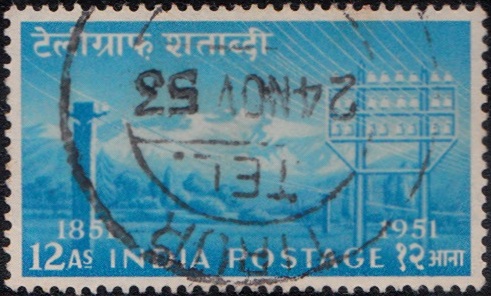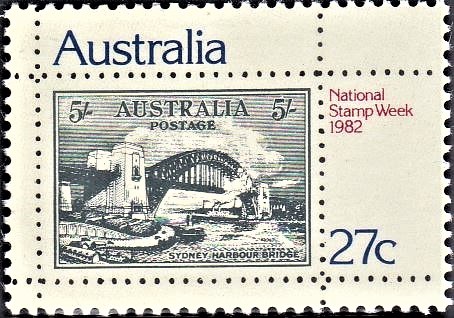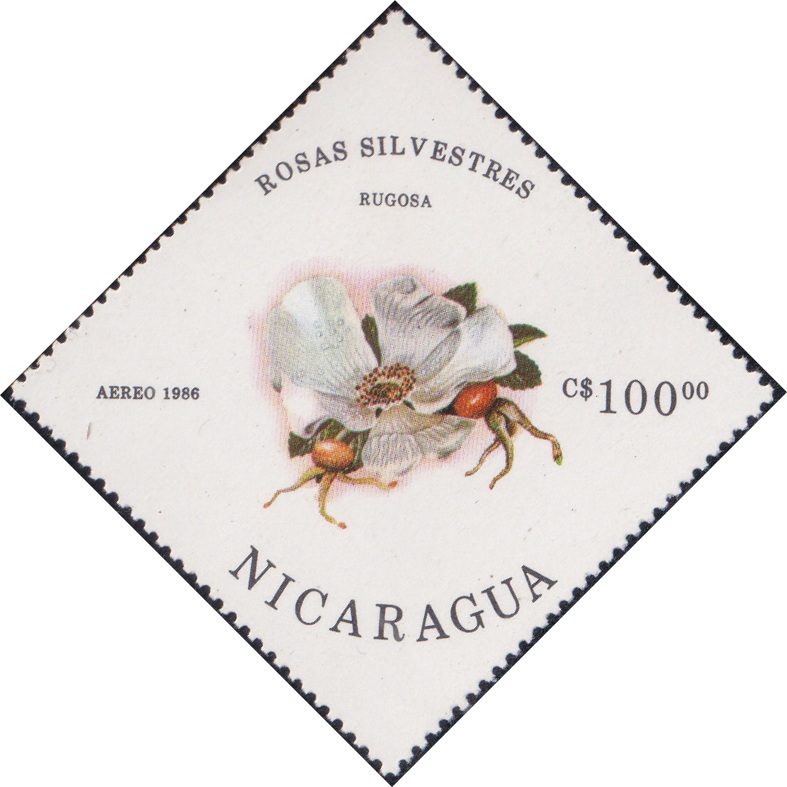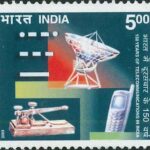
Centenary of Indian Telegraphs
Complete Set of 2 nos of commemorative postage stamps on the Centenary of Indian Telegraphs :
Issued on Nov 1, 1953
Issued for : On 1 November 1953, almost two years after the actual centenary, the Department of Posts and Telegraphs issued two commemorative stamps to commemorate the centenary of Telegraph.
Picture : The stamps depicted a semaphore tower of 1851 and a modern telegraph line of 1951.
Colour : 2 a – Blue–Green, 12 a – Blue
Type : Stamps, Postal Used
Watermark : Yes [ Multi Star ]
Denomination : 2 & 12 Anna
Perforation : 14½ x 14
Number Printed : 9.1 Million (2a stamp in sheets of 45) & 2.2 Million (12a stamp in sheets of 45)
Printers : India Security Press
About :
- In the early part of the 19th century, it was felt that a more rapid system of communication must be organised for commercial and social purposes. Therefore in 1827, Lord William Bentinck set up the Telegraph Department at Calcutta with the responsibility of organising transmission of messages through semaphoric signals, a system widely used in the navy even today. By 1793, the European countries were already experimenting with the telegraph system invented by Edmunde Clippe. At Calcutta, Dr. William B. O’Shaughnessy, M.D., a doctor by profession and an Assistant Surgeon and Professor of Chemistry at Medical College, Calcutta, started experimenting with Electric Telegraph Line in 1837. He completed 21 miles of telegraph line by 1830, proceeding from Calcutta in the general direction of Diamond Harbour and negotiating a river crossing of 7000 yards. The Board of Directors sanctioned the proposal of Lord Dalhousie for the construction of a line between Calcutta and Diamond Harbour, in March 1850. The work started on 5 Nov 1850 and the entire 30-mile stretch was covered and the project was completed in October 1851. The telegraph line was opened to public on 1 December 1851, although primarily for official use, Sheeb Chandra Nandy, the person directly responsible for constructing the line, sent the first message from Diamond Harbour and the message was received at Fort William, Calcutta, in the presence of Dr. Shanghnessy and Lord Dalhousie. Steadily, the lines extended to other parts of the country.
Subscribe
Login
0 Comments
Oldest








